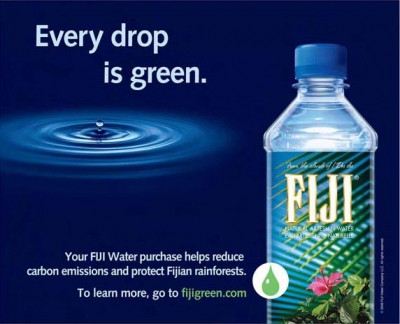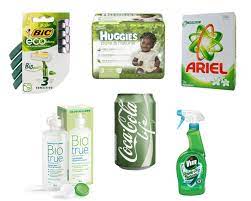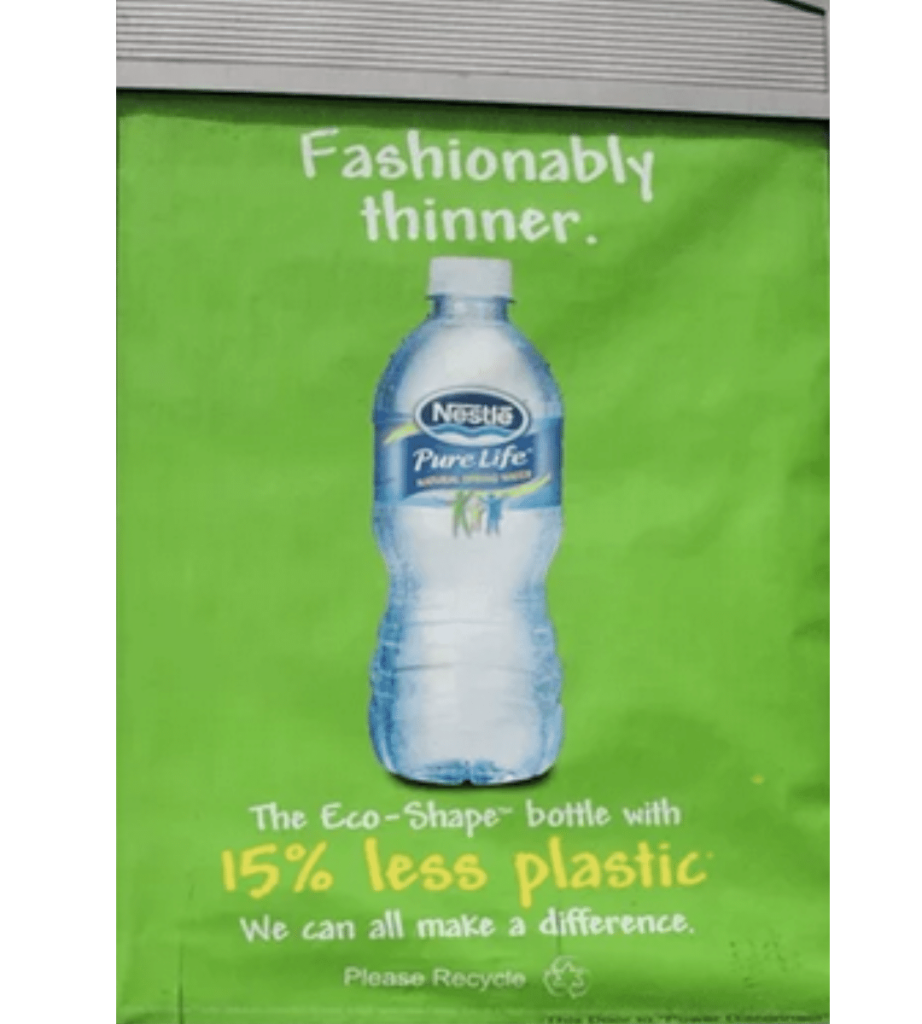The term has been widely seen in the media in recent years, and well-known corporations have been accused of greenwashing. Is greenwashing just media hype? If yes, how does one tell? And why is greenwashing so bad, when the messages are positive?

‘Greenwashing’ was just added to the Merriam-Webster dictionary in 2022, even if it was around since 1986. A compound word derived from “whitewashing” (paint over in white so it looks clean) and “green” (environmental, eco-friendly), greenwashing is defined in the dictionary as “disinformation disseminated by an organization so as to present an environmentally responsible public image.” The term ‘greenwashing’ was first used by environmentalist Jay Westerveld in 1986, in a critical essay about the hotels’ purported effort to ‘save the towel’ that was less focused on environmental results than it was on saving towel laundering costs for hotels.
The term has been widely seen in the media in recent years, and well-known corporations have been accused of greenwashing. Is greenwashing just media hype? If yes, how does one tell? And why is greenwashing so bad, when the messages are positive?
What is greenwashing exactly?
Similar to corporate whitewashing, which is commonly used in business for companies covering up or glossing over negative information with biased representations of the facts, greenwashing is also PR or marketing communication designed to present the company and its products as being more environmentally friendly than they really are. Greenwashing involves unsubstantiated claims about a company’s product or practices. Greenwashing is ‘window dressing’ for companies looking to upgrade their image to being more sustainable or eco-friendl than they really are, and basically more ‘words’ than ‘action’ backed by measurable and quantifiable results.
Greenwashing is advertising and corporate marketing that presents companies as environmentally friendly through emotionally engaging images and language that are positive-sounding and upbeat. Greenwashing is designed to make people feel good about the company and its products, and the claims of corporate social responsibility and environmental impact made in these communications sound impressive.


Here are some examples of greenwashing: changing the name or label of a product to evoke nature and the environment while the product still contains harmful chemicals, tv advertising campaigns showing marine wildlife saying that high-polluting energy companies care; companies saying their products are made from recycled plastic and then not recycling their own products when disposed of; companies who manufactures in overseas factories with questionable labor practices donating to local social charities.
These campaigns and marketing communications are designed to present the brand in a favorable image to purpose-driven consumers. But there’s little substance behind these positive intentions and shows of concern, formulated corporate social responsibility policies that are not enforced, and surface-level actions with limited follow-through.
There’s a fine line between greenwashing and green marketing. Unlike greenwashing, green marketing is backed up by actual facts and information, and there’s transparency. The company is honest about owning up to what they are doing and not doing.
Why do companies do it?
Greenwashing is used by companies and people to improve the public perception of their brand. Companies that intentionally engage in greenwashing communication strategies do it in order to present themselves as doing more for the environment than they are really doing.
When sustainable products are the fastest-growing product category in the market, and three quarters of the consumers are willing to pay 10% more for sustainable products, there’s a lot of motivation for companies to be perceived as sustainable, just to reap the financial benefits. Although sustainable products may be good business from a sales and market demand perspective, following through on their sustainability claims may not be good for business in the short-term.
Greenwashing benefits a company when it successfully manages to mislead its customers into buying their products and services. Greenwashing may have been motivated by good intentions and enthusiasm for supporting a good cause without any malicious intent, and there may be some visible action taken by the company in that direction. But when an organization spends more money and effort on marketing itself as an environmentally conscious company than on actually minimizing its environmental impact, it’s greenwashing.

Why is greenwashing bad?
In a world where we all need to do everything we can to combat climate change, greenwashing is an environmental issue, because it unfairly allows the companies doing the greenwashing to cut corners and make higher profits at the expense of companies actually doing the work and utilizing sustainable practices. Greenwashing takes away market share from goods and services that truly impact the environment and diminishes the power of the consumer to make a difference by rewarding companies with greener manufacturing processes and business operations.
With minimal regulation and little external monitoring and verification on environmental claims, greenwashing strategies amount to corporate posturing and deception. Greenwashing erodes consumer trust in genuine corporate efforts: according to a GreenPrint survey, more than half (53%) of American consumers “sometimes” or “never” believe companies’ environmental claims.
Greenwashing negatively impacts employee engagement, leading to decreased productivity, low morale, and high turnover when workers sense that their employer is lying to consumers and engaging in greenwashing tactics.
Consumers develop deep relationships with brands they trust, reward those brands with their continued loyalty, but are also quick to penalize the brands who broke their trust and lied to them about something they deeply cared about.
According to a study published in June 2022, customer sentiment will affect the bottom line of companies they think are engaging in greenwashing: “when customers believe a company is greenwashing, it directly affects how they experience its products or services.”
Greenwashing can negatively impact brand reputation, brand loyalty, customers’ purchase intentions, and repeat purchases for companies perceived by their customers as engaging in greenwashing, which will translate to short-term and long-term revenue losses.
Even if greenwashing may not be maliciously intended, and companies that genuinely believed they were making a considerable dent in their carbon footprint advertised their efforts to everyone, their failure to achieve the advertised result can be perceived as greenwashing by their customers.
Check out our next article in this ‘Greenwashing’ series for a complete list of greenwashing signs, and examples of greenwashing.
